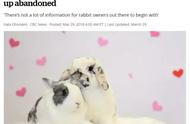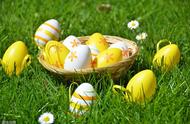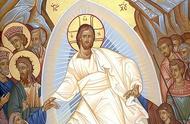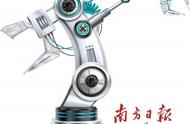复活节(Easter)是西方的一个重要节日,用来纪念耶稣基督复活(the resurrection of Jesus)。
在西方教会传统里,春分后第一次满月之后的第一个星期日即为复活节。东方教会则规定,如果满月恰逢星期日,则复活节再推迟一周。因此,节期大致在3月22日至4月25日之间。
今年的复活节是4月21日。

在这一天,人们不仅要滚彩蛋,还要吃巧克力兔。复活节为什么要吃巧克力兔呢?这要从复活兔( Easter Bunny)说起了。

As far as holidays go, Easter is second only to Halloween in American candy sales—that's a lot of chocolate bunnies.
就节假日而言,复活节的糖果销量在美国仅次于万圣节:其中有很多是巧克力兔。
Easter—the most spiritually significant holiday of the Christian calendar—has always been heavily associated with symbolic foods, from lambs to egg-rich celebratory breads.
复活节在基督教历法中是最具有精神象征意义的节日,它一直与象征性的食物紧密联系,从羊羔肉到放很多鸡蛋的复活节面包,不一而足。

Rabbits, however, are not mentioned in the scriptures that recount Jesus’ crucifixion and resurrection. And chocolate, a New World food, was not even accessible to the masses until the mid-1800s. So how did chocolate bunnies come to dominate the Easter basket scene? It’s a thoroughly modern mash-up of commerce, confectionery, and immigration.
然而,在圣经中描述耶稣受难到复活的文字里并没有提到兔子。巧克力作为一种新大陆的食物,大众直到19世纪中叶才能吃到。那么巧克力兔是如何占据复活节食篮的呢?这是现代商业、糖果和移民混合作用的结果。
crucifixion /ˌkruːsəˈfɪkʃn/ :钉死在十字架上
resurrection /,rɛzə'rɛkʃən/ :耶稣复活;复兴
confectionery /kən'fɛkʃənɛri/:甜食(糖果、巧克力等)
















